Stockland CEO Mark Steinert thinks migrants looking to leave their home country will view Australia as a “paradise” after international border restrictions ease, which will help drive population demand for housing.
He said a lot of the current gaps in the Australian labour market will be attractive for skilled migrants once people regain confidence to move internationally and increase demand.
“I think Australia looks like paradise. I think people will are going to be queueing up to come in,” Steinert said.
Merrick Peisley, assistant secretary for Australia’s Centre for Population, agreed with Steinert, saying he saw no reason why migrants would not consider Australia as a great choice.
“We don’t see any reason why migration won’t return to really strong levels going forward,” Peisley said.
“Some people that were previously thinking about being in the office everyday are now thinking they’ll be working from home one or two days a week, permanently,” Steinert said.
Regional housing prices have seen strong growth in the recent months, supported by record low interest rates and government incentives such as HomeBuilder.
Steinert said people are realising they can build their dream home in suburbs with good schools, parks, and facilities while still having convenient access into the cities, particularly the state capitals of Sydney, Melbourne, and Brisbane.
“We are seeing some re-balancing of economic activity... into the metropolitan areas that was otherwise focused in the CBDs,” Steinert said.
Peisley said there would be significant long-term impacts in population, including drop in migration and an estimate of 1.1 million fewer people in the next decade compared to forecasts before COVID-19.
“COVID-19 has not been just an economic shock but a population growth shock,” he said.
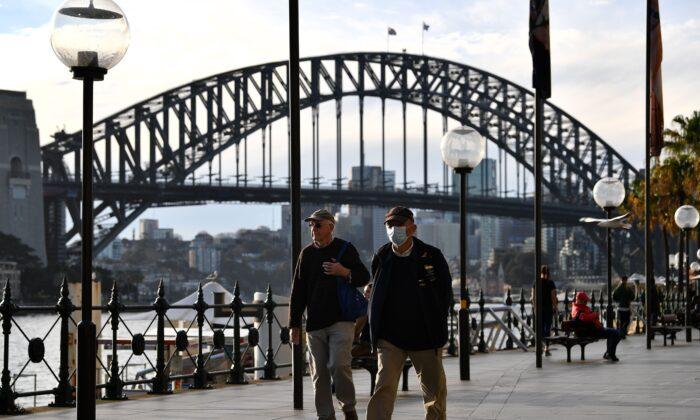

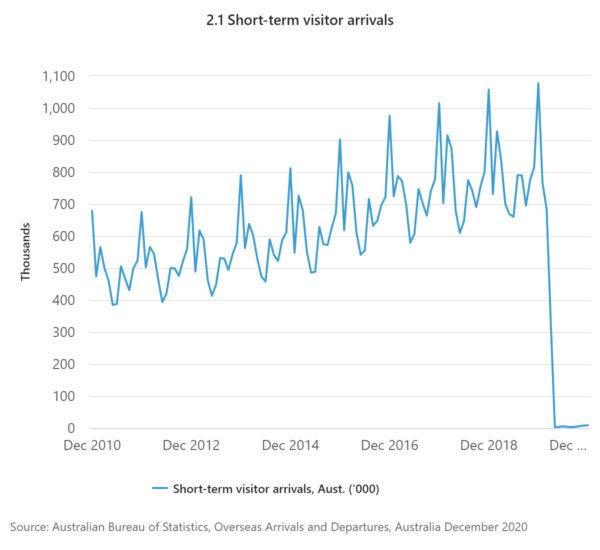
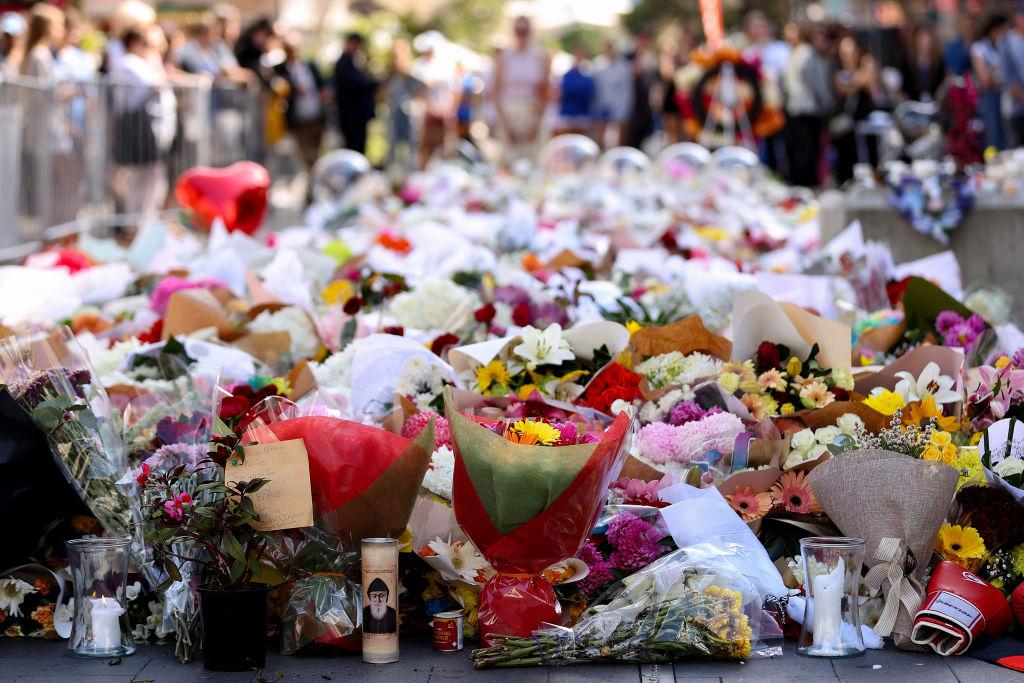
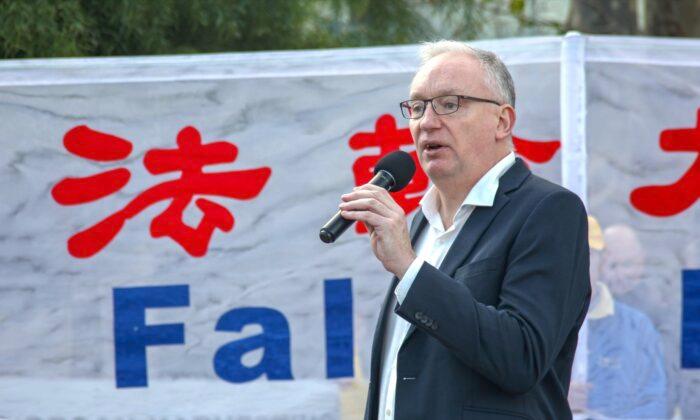

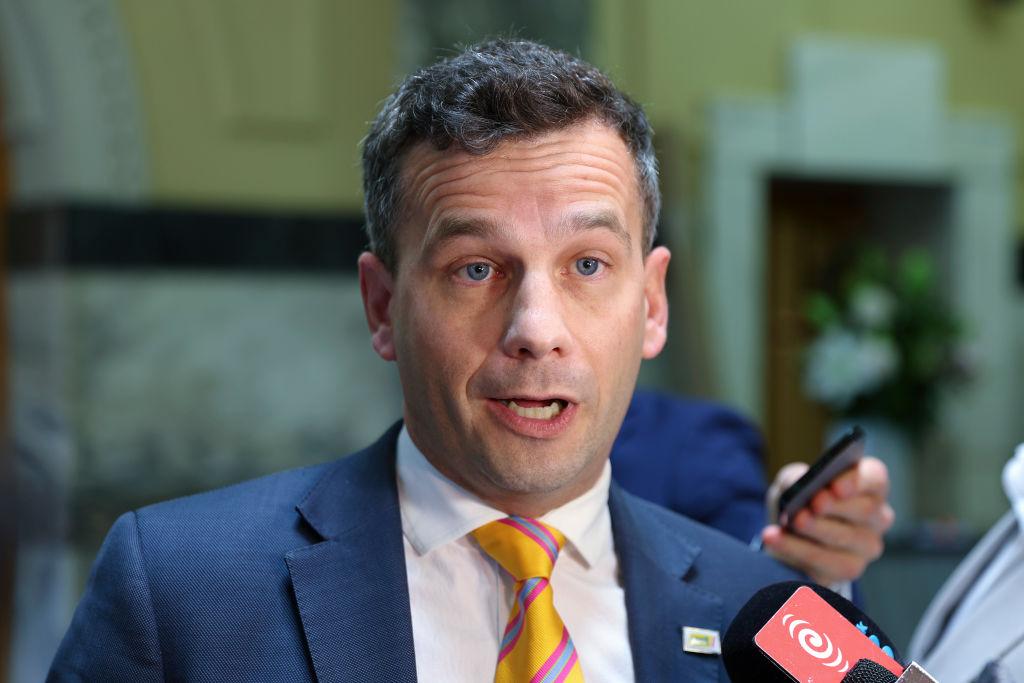
Friends Read Free